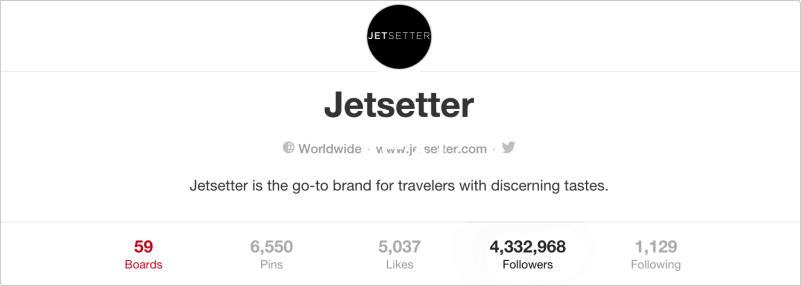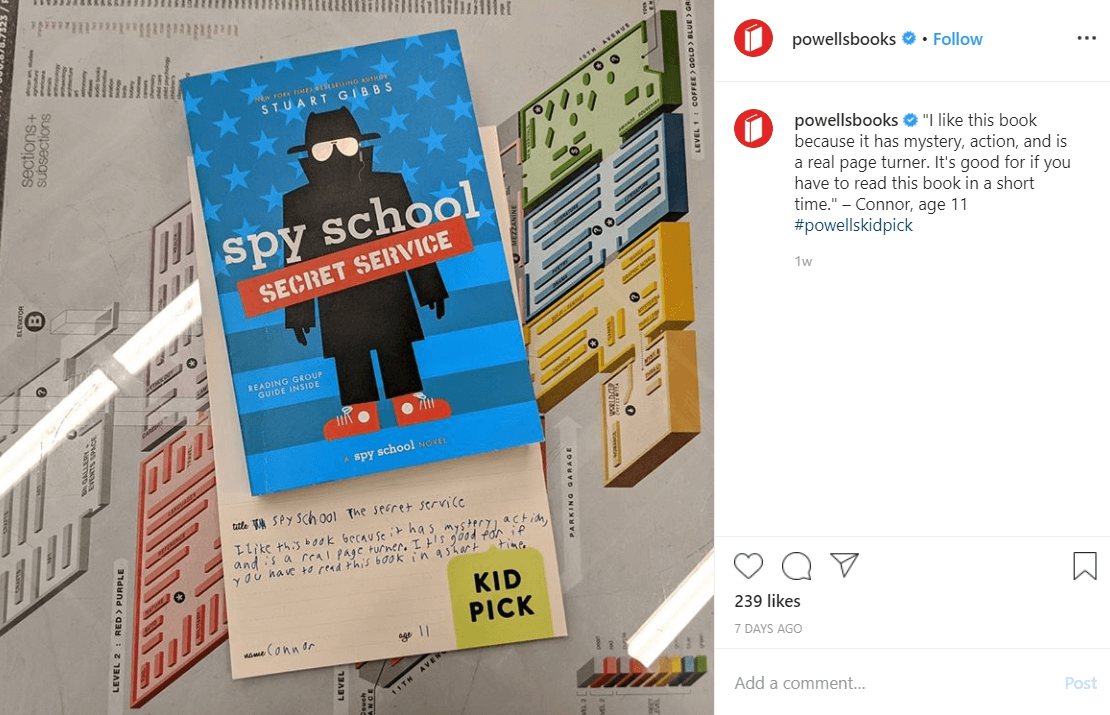How do you boost your E-commerce customer engagement? In the words of Zig Ziglar, one of the foremost authorities on the Art of Selling, “If people like you, they’ll listen to you but if they trust you, they’ll do business with you.”
Ziglar said this much before the birth of e-commerce, but it is so much relevant to the business today. An engaged customer, who has been listening to you and liked what he listens, eventually trusts you. So, when it comes to business, you feature at the very top of the list.
As Brennan Loh, head of business development for Shopify, puts it, “Customer engagement is the future of e-commerce.” For e-commerce brands, the importance of customer engagement cannot be overstated, the question is, how to do it effectively?
In this post, I present you with 11 simple steps to implement a customer engagement strategy with your e-commerce brand.
1. Engage customers by being human
2. Create engaging content for your audience
3. Use social media to build a community
4. On-Site Engagement
5. Engage in direct conversations with your customers
6. Invest in hyper-targeted paid advertising
7. Create video content to demonstrate your products in use
8. Focus on local SEO and social media marketing
9. Optimize your product descriptions
10. Create hyper-targeted content
11. Leverage user-generated content
1. Engage customers by being human!
Every brand has a distinct personality if your doesn’t then you are doing it wrong. The personality converts into tone when an interaction is held and the latest trend today is to give a human face to your interactions.
Jeff Bezos is the face of Amazon and Tony Hsieh of Zappos, your company may or may not have a famous face, but it will still have people. People with names and identities of their own. Use them in your conversations with the customer. A customer will always contact you in times of extreme emotions; overjoy or distress. In both scenarios talking to a person is a much better and more fulfilling experience.
Extended Reading:
2. Create engaging content for your audience
An engaged audience is more than some prospective customers. They are a community. The key to creating great content lies in the balance of three factors –
(1) something that your audience likes,
(2) something that is related to your brand and,
(3) it adds value to the readers.
Shopify creates content that is not limited to the company. The Shopify Blog features post touching upon the pain points of the e-commerce industry in general and the ways it can help the small and medium players in there.
ASDA does it through their YouTube channel, Mum’s Eye View. They had a fair idea that they cannot get enough followers on the brand channel, so they created something that mattered to their customers. They have benefitted immensely from their video content marketing tactic and get new views and followers with every video they upload, without fail, every Friday.

For beginners, content ideas are sometimes difficult to come by, especially considering the factors mentioned above. There is a brilliant presentation shared by Mark Johnstone from Distilled Creative, about ideas and the ways to get them.
One beautiful example, I would like to quote is mrporter.com. Mr. Porter runs a journal featuring interviews and talks of famous personalities such as Mr. Jose Maurinho or the latest Mr. Brunello Cucinelli. Aided with aspirational high definition photos and videos, the interview page resembles any reputed magazine in look and feel. Once the user gets in the mood, the website subtly puts its product line of related items in the suggestions ticker. No hard-selling, still better conversions than most others in the game.
3. Use social media to build a community
Social media has given us an opportunity that we have been craving for so long, a channel for conversation. The opportunity to interact with the customer on a real-time basis is the place to ignite engagement in it’s true sense.
A strong social presence enables you to slice and dice the content you create, make it snackable and reach out to your audience through it. People share stuff online that matters to them, hence when you create content that matters to your audience and provide them in a format that is easy for them to digest, they share it. It not only increases your brand reach but also adds one more person (the guy who shared) to your community.
Here are some beautiful examples of brands just killing it with the social media channels:


- Gap on Vine

I have quoted examples of lesser-used social networks than Facebook and Twitter intentionally.Twitter and Facebook marketing have become one of the hygiene factors in the digital space while these present an organic and untapped opportunity for brands.
4. On-site engagement
There has been an interesting trend in the e-commerce space, at least from the time people started focusing on customer engagement as a strategy. Companies work tooth and nail to enhance the engagement with their target audience at wherever (s)he is but surprisingly do nothing when the visitor is on the website.
It was more of a limitation than negligence because it becomes practically impossible to create separate landing pages and customized offers for each segment of visitors. Thankfully, today with tools such as WebEngage and a few others, it has become possible and easy.
Nowadays you can target your visitors on the basis of traffic source, device used, geography and many other discrete and important factors and show them offers and messages that are relevant to them. Onsite engagement has not just become a reality but an important tool in the e-commerce marketer’s arsenal.
We just loved how Jumia, one of our beloved clients used us for the Christmas sale:
In fact some of our clients, have taken targeting and onsite engagement to a whole different level. A shining example is how Shine.com, an online recruitment, and job portal urged its users to update their profiles and promote offers and jobs relevant to them.
5. Engage in direct conversations with your customers
As a niche marketer, you have a very limited and specific target audience that you need to cater to. Therefore, it becomes even more crucial for you to know your customers, solve their problems, and answer their questions.
You may already have a dedicated customer service team for that. But you need to take it a notch higher and interact on a more direct level. Social media provides that opportunity for you to engage your customers directly.
You can do this by responding to customers’ comments on your social media posts and replying to direct messages. You can use social media monitoring tools like Hootsuite to track your brand mentions and send prompt replies. This puts your customers more in touch with your brand and that is essential if you only have a niche customer base.
For example, Bonobos replies to user comments on their social media posts.

6. Invest in hyper-targeted paid advertising
Paid advertising is a marketing strategy used by almost all businesses at some point or other. However, you need to customize your paid advertising strategy for niche marketing.
You should use niche and specific keywords that your target audience might actually search for. Using broader search terms that get high search volumes will be a waste of money and effort for you. So, try to find keywords that are highly specific and targeted.
For example, if you have an apparel brand that specializes in organic cotton clothing, then using keywords like “apparel,” “men’s clothing,” or “women’s shirts” is a waste. That is too broad and will get all sorts of traffic and not just people looking for organic cotton clothes.
Therefore, you need to use keywords like “organic cotton clothes,” “organic cotton shirts for men,” etc. to attract only relevant consumers.
Here’s an example of a company that does exactly that with its Google Search Network advertisements.

7. Create video content to demonstrate your products in use
Videos are one of the best ways to show products in use and their different use cases. This kind of content is needed for niche products more than any other product. The reason for this is that the more unique your product is, the less people tend to understand it.
A lot of niche brands use videos to inform their prospective customers about how their product works and why they should buy it.
For example, Google created a video to explain how their innovative product “Google Pay” works to make it easier for people to use it. It got 64 million views clearly indicating that people were indeed interested in knowing how to use it.
8. Focus on local SEO and social media marketing
If your niche is geography-specific, then this may well be the most important marketing strategy for you. Just like we talked about hyper-targeted paid advertising, you also need to use niche, location-specific keywords for SEO and social media as well.
Using location-specific keywords will help attract a relevant audience to your social media pages and website. If you own a business in New York, you don’t want to attract people from all over the world to your website, because you don’t cater to them.
Therefore, add your location to your keywords to form long-tail keywords. For example, if you have a sushi restaurant in New York, your keyword can’t be just a “sushi restaurant.” It needs to have the location so that when people in New York search for sushi restaurants, yours ranks high on the Google SERPs and possibly in the map pack.
Similarly, when you post anything on social media, don’t forget to tag the location to ensure that it shows in search results. Also, add your location in your social media bios or the “about” section of your profiles.
Yet another way to optimize the results of your niche marketing efforts is by using multi-channel marketing and creating an enhanced experience for your users. This is possible by engaging users on Facebook, Instagram, and WhatsApp along with email, SMS, mobile push notifications, etc.
9. Optimize your product descriptions
When it comes to niche marketing, the final nail in the coffin has to be your product descriptions. These are what people look at to make that final decision of whether to buy a product or not.
The more interesting your product descriptions are, the more people will want to buy your products. You can do a lot with these like tell a story, list the key features, focus on what makes your product unique, etc.
Take this product description from Lush, for example. They list their product’s features in a very interesting way to make it sound really unique and exciting.

10. Create hyper-targeted content
Content marketing is an all-around marketing strategy that can be used by all marketers to their advantage. However, to use it as a niche marketing strategy, you need to be hyper-targeted and specific.
For niche marketing, the best content is something that is informative, useful, and relevant to your niche. One of the easiest ways to do this is to start a blog focused on your niche and write about the trending topics.
To further optimize your content exactly per your audience’s taste, you can use AI-powered solutions like Cortex. It helps you add photos, videos and other content and interact with users based on their historical behaviour data.
One good example of this is Whole Foods, which has a blog about organic and healthy food.

11. Leverage user-generated content
User-generated content is very effective in gaining consumer trust and building your online reputation. People consider UGC to be more authentic than branded content and trust a recommendation by another user more than a brand’s claims.
Therefore, you need to include UGC in your niche marketing strategy if you’re not already doing so. You can use testimonials, reviews, social media posts, or anything using loyal customer segmentation to your advantage. You can use these on your social media profiles as well as your website.
Here’s an example of how Powell’s Books leverages customer testimonials for their Instagram posts.

What’s more
With the increasing competition in the coming times, an engaged customer would be the only one likely to realize its lifetime value, which stands as the single most important of profitability of an e-commerce business. Hence, the value and opportunity that customer engagement brings on the table cannot be overemphasized and the time to do it is, now.
Some parting tips
We have had some of the biggest players in the industry as our clients. They have used WebEngage to engage the visitors on their website. As a result, improved their services, satisfied more customers, and increased their sales by a remarkable margin.
As a parting gift, have a look at 17 astounding growth hacks for onsite engagement that we hand-picked from thousands of ways our customers use us on their website:
Bonus Read – How Your E-commerce Store’s Mobile App Can Boost Sales With Intelligent User Engagement



































 Diksha Dwivedi
Diksha Dwivedi
 Surya Panicker
Surya Panicker
 Vanhishikha Bhargava
Vanhishikha Bhargava



